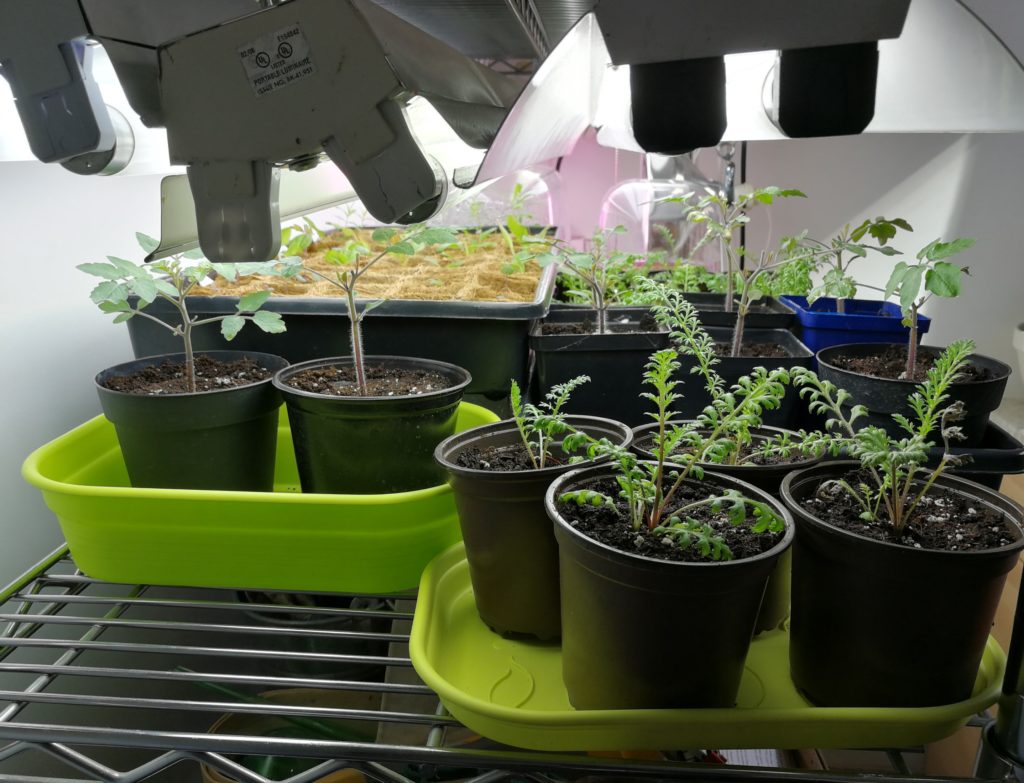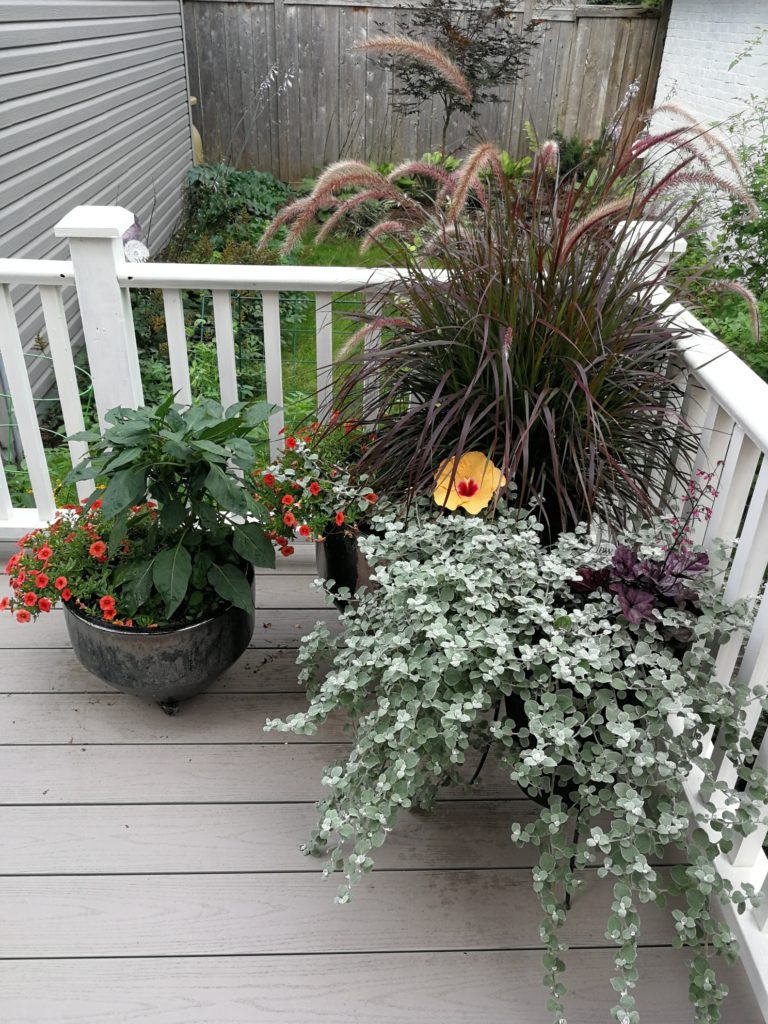COVID-19 is affecting everyone in previously unimaginable ways and creating stresses and adjustments. Perhaps more than ever, gardening now offers a life-affirming comfort that stretches back millennia. Starting plants from seeds provides as well, a practical response to uncertainties about what items will be available later this spring and summer in garden centres, nurseries, and grocery stores. More home-grown herbs, vegetables and other plants may supplement what might be available in the produce section later this summer plus offer fresh and tasty items.
Many plants can be grown from seed indoors for transplanting outside when the weather is warmer. Soilless mixes, biodegradable pots and trays under light systems may be ideal for starting seeds but pots in a sunny window can work too. The growing requirements of plants vary a lot and so the instructions on seed packages need to be followed. In areas with shorter growing seasons, varieties of tomatoes and peppers which ripen more quickly should be chosen to ensure a good harvest. A wide variety of seeds and supplies are available through: on-line websites and catalogues; pick-up services from garden centres and other stores; plus packets of seeds in grocery stores.
As the snow disappears and the soil starts to warm, the seeds of cool season plants can be grown directly outdoors. Examples are snow peas, Swiss chard, onions, cress, or lettuces. In late May or June, heat-loving plants such as tomatoes, beans and peppers can be planted. In the fall, more cool season plants, such as leeks or pansies, can be planted again. Rotating crops through the growing season is a good way to use small spaces. Planting new seeds weekly for a longer supply of salad greens, radishes, and other crops as well as snipping and harvesting leaves and ripe fruits can often boost the yield of plants.
There are several other ways that people can use their available spaces for growing food.
Front yard spaces can be used for growing edible plants, mingling them with flowers and other plants and not hidden in backyards. Some have beautiful leaves, colours and flowers, such as Bright Lights Swiss chard, rhubarb, basil, parsley, nasturtiums, and bachelor’s buttons, and so can be stunning and tasty additions to the garden.
Trellises, fences, or other supports allow climbing plants and vines, such as pole beans, cucumbers, and nasturtiums to grow up and away from other plants. Tomato towers have become available so tomatoes do not outgrow standard cages and drape over their neighbours. The supports give plants more room while allowing better air circulation which reduces diseases like mildew, and making harvesting easier.
Tubs, planters, or other containers can be used on balconies, decks, and driveways. They offer great flexibility, including different light and soil conditions. For example, extra sand can be easily added for herbs and other plants wanting well-drained soils. Consider the materials when selecting containers for food. While some treated woods should be avoided, metal or dark containers can warm the roots and promote growth of heat-loving plants, like tomatoes or eggplants. Self-watering planters can provide the reliable watering that many plants prefer and the flexibility for gardeners wanting to travel to cottages and other spots, once the COVID-19 lock-downs are over. Many plant varieties have been developed now for container gardening.
Window boxes, baskets, pots and various kits can be used to create living walls in gardens, on fences and walls, both indoors and out. They can be self-watering. Most are decorative, though fresh herbs and salad greens can be produced.
There is lots of information on blogs, as well as books available from grocery stores, local bookstores with pick-up services as well as on-line services.
COVID-19 has prompted changes in many aspects of our lives. Encouraging more home-grown food ought to be yet another change.


